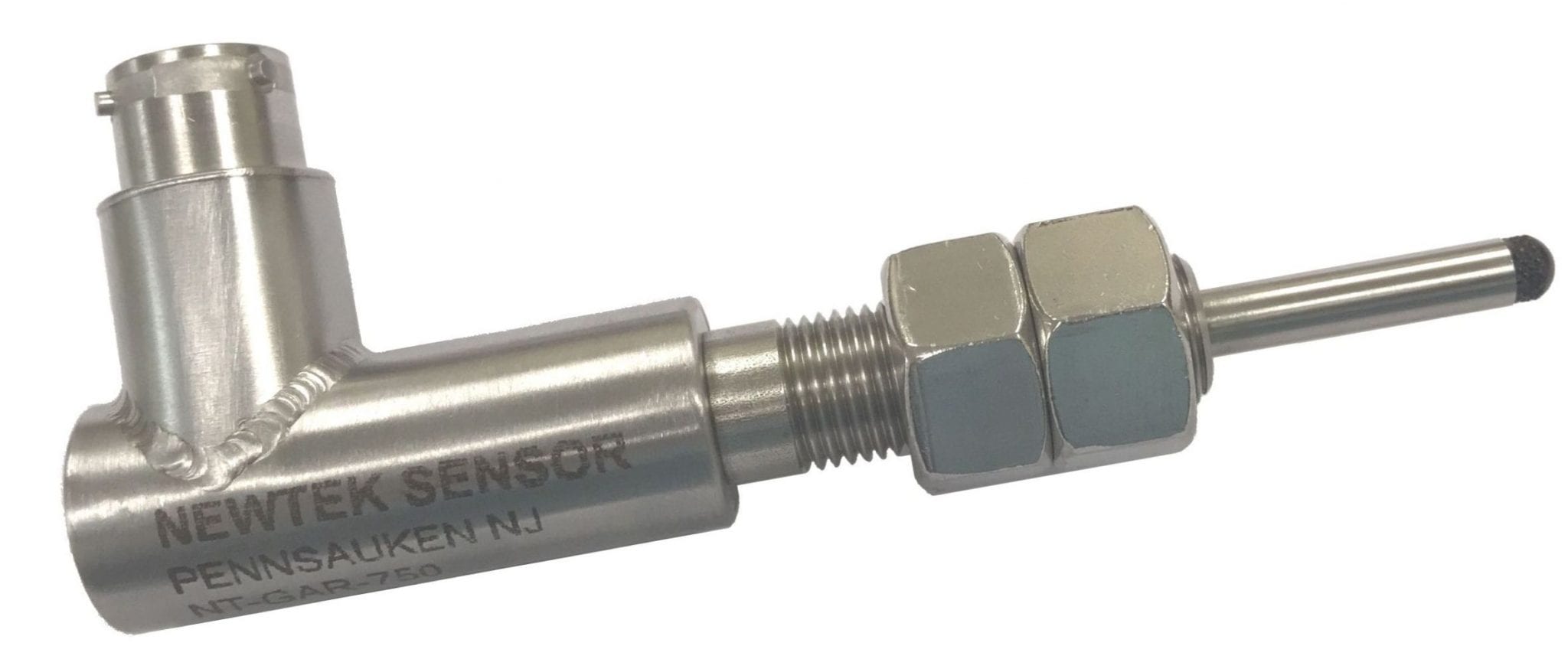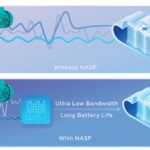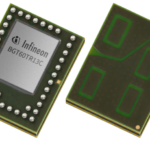 NewTek GAR Series Spring-loaded Gage Heads are used in automated dimensional gaging applications as part of inline inspection processes when it is ideal for the sensor probe to move out of the way between readings. The probes of these LVDTs extend when taking dimensional measurements, then retract to their original position to avoid damage to the sensor or the next conveyed product.
NewTek GAR Series Spring-loaded Gage Heads are used in automated dimensional gaging applications as part of inline inspection processes when it is ideal for the sensor probe to move out of the way between readings. The probes of these LVDTs extend when taking dimensional measurements, then retract to their original position to avoid damage to the sensor or the next conveyed product.
In manufacturing conveyor lines, these Air Extend/Spring Retract Gage Heads conduct tolerance checks as part of quality assurance measures. The LVDTs provide dimensional feedback to verify if parts have any variance in size and other physical properties. Tolerance checks are important to maintain product quality from lot to lot throughout manufacturing cycles. Machine manufacturers and quality control departments often use these sensors for “go/no-go” inspection of complex mechanical parts.
The GAR Series Gage Head Sensors check dimensions when their probes contact the measured object. In operation, low-pressure air (10 – 40 psi) extends the sensor shaft. Probe contact force is regulated by the air pressure. With the removal of air pressure, an internal spring retracts the probe to allow room for automated parts to move along the conveyor without damaging the probe or the next product.
These AC-operated LVDT position sensors interface with LVDT signal conditioners that provide AC excitation while retrieving the sensor’s unconditioned position output for conversion into analog or digital output that is communicated to a QC data collection system for online quality control and post-process statistical analysis. The GAR Series Gage Heads are customizable with DC outputs of 0-10 VDC, ±10 VDC, or loop-powered 4-20 mA.
In construction, the sensors consist of an LVDT assembly whose core is connected to a spring-loaded probe shaft having a removable tip. The electrical connection is made through a radially mounted connector, resulting in a reduced housing length. The GAR Series windings are potted inside its housing with a two-component epoxy, providing excellent protection against hostile environments. NewTek offers a choice of probe contact tips to address different applications.
Designed for a wide range of position measurement and dimensional gaging applications, the sensors offer measurement ranges of ±0.50 inch(1.27mm) to ±2 inches (50mm). Shock and vibration tolerant, they operate in wide temperature ranges of -65F to 275F.





